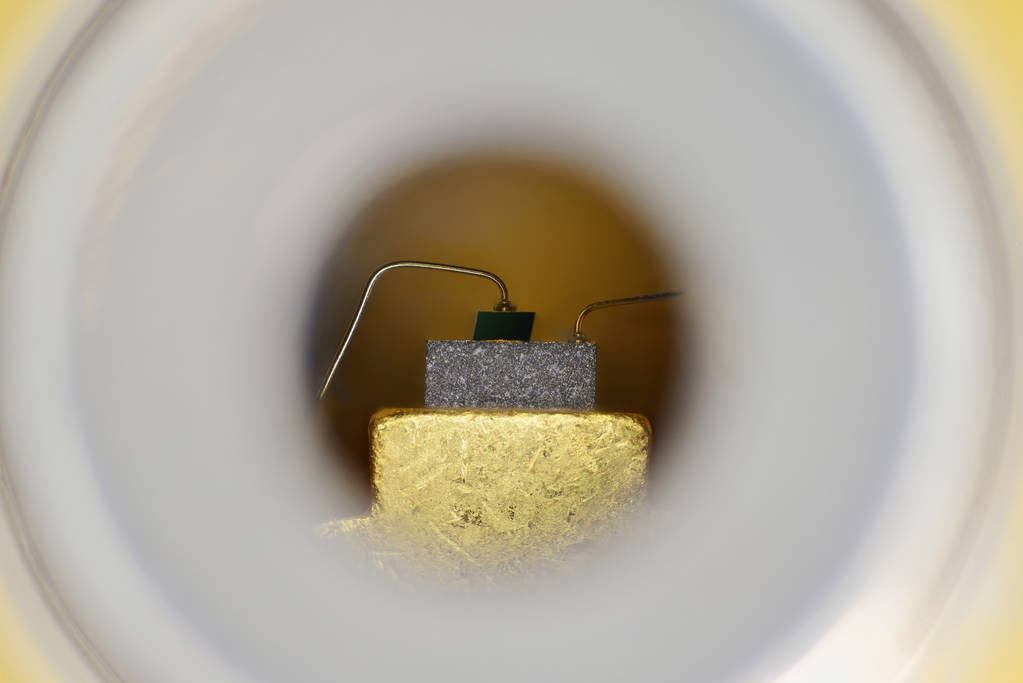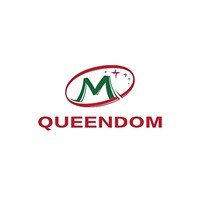Today, let's take a look at the structure of LED diode. We know that LED diode are mainly composed of five materials: bracket, silver glue, chip, gold wire and epoxy resin. Below we describe these 5 materials in detail.
1. LED bracket
1.1 The role of the bracket: conduction and support;
1.2 The composition of the stent: the stent is formed by electroplating the stent material, which is composed of five layers of material, copper, nickel, copper and silver from the inside to the outside;
1.3 Types of brackets: brackets with cups are for condensing light, and flat-head brackets are for large-angle astigmatism.
2. LED diodesilver glue
2.1 The role of silver glue: fix the chip and conduct electricity;
2.2 The main components of silver glue: silver powder accounts for 75-80%, EPOXY (epoxy resin) accounts for 10-15%, and additives account for 5-10%;
2.3 Use of silver glue: refrigerate, thaw and stir well before use, because the silver powder will precipitate after the silver glue is placed for a long time, and the performance of the silver glue will be affected if it is not stirred evenly. The most comprehensive analysis of LED lamp bead structure

3. LED lamp bead chip
3.1 The role of the chip: The chip is the main constituent material of LEDLamp and is a luminous semiconductor material;
3.2 Composition of wafer: The wafer is composed of gallium phosphide (GaP), gallium aluminum arsenide (GaAlAs) or gallium arsenide (GaAs), gallium nitride (GaN) and other materials, and its internal structure has unidirectional conductivity;
3.3 The structure of the wafer: welding single wire positive polarity (P/N structure) wafer, double wire wafer. The size unit of the wafer is mil, and the pads of the wafer are generally gold pads or aluminum pads. The pad shapes are round, square, cross, etc.;
3.4 The luminous color of the wafer: The luminous color of the wafer depends on the wavelength. Common visible light classifications are roughly: dark red (700nm), deep red (640-660nm), red (615-635nm), amber (600-610nm), Yellow (580-595nm), yellow-green (565-575nm), pure green (500-540nm), blue (450-480nm), violet (380-430nm). White light and pink light are a mixed effect of light. The most common is a mixture of blue + yellow phosphors and blue + red phosphors.
3.5 The main technical parameters of the wafer: the volt-ampere characteristic diagram of the wafer; the forward voltage is applied to both ends of the wafer to make the wafer conduct forward. This voltage has a corresponding relationship with the wafer itself and the test current. If the VF is too large, the wafer will be broken down. Forward current is the forward current generated by the wafer after applying a certain voltage. The size of IF is related to the size of the forward voltage. The working current of the chip is around 10-20mA. Reverse Voltage The reverse voltage applied to the wafer. Reverse current refers to a leakage current generated by the wafer after applying reverse voltage. The smaller this current, the better. Because the current is too large, it is easy to cause the wafer to be reversely broken down. Brightness: refers to the brightness of the light source. Unit conversion: 1cd=1000mcdg) Wavelength: reflects the luminous color of the chip. Chips with different wavelengths emit different colors. Unit: nm
4. The role of the gold wire of the LED diode: connect the chip PAD (pad) and the bracket, and make it conduct; the purity of the gold wire is 99.99% Au; the elongation is 2-6%, and the size of the gold wire There are: 0.9mil, 1.0mil, 1.1mil, etc.
5. LED diode epoxy resin
5.1 The role of epoxy resin: to protect the internal structure of the Lamp, and to slightly change the luminous color, brightness and angle of the Lamp; to shape the Lamp;
5.2 The encapsulation resin consists of four parts: A glue (main agent), B glue (hardener), DP (diffusion agent), and CP (colorant). Its main components are epoxy resin (EpoxyResin), acid anhydrides (acid anhydride), high light diffusion filler (Lightdiffusion) and thermal stability dye (dye).
 English
English china
china German
German Spanish
Spanish French
French Italian
Italian Portuguese
Portuguese Japanese
Japanese Korean
Korean Arabic
Arabic Russian
Russian
 Mobile Site
Mobile Site
 +86-0769-81305858
+86-0769-81305858